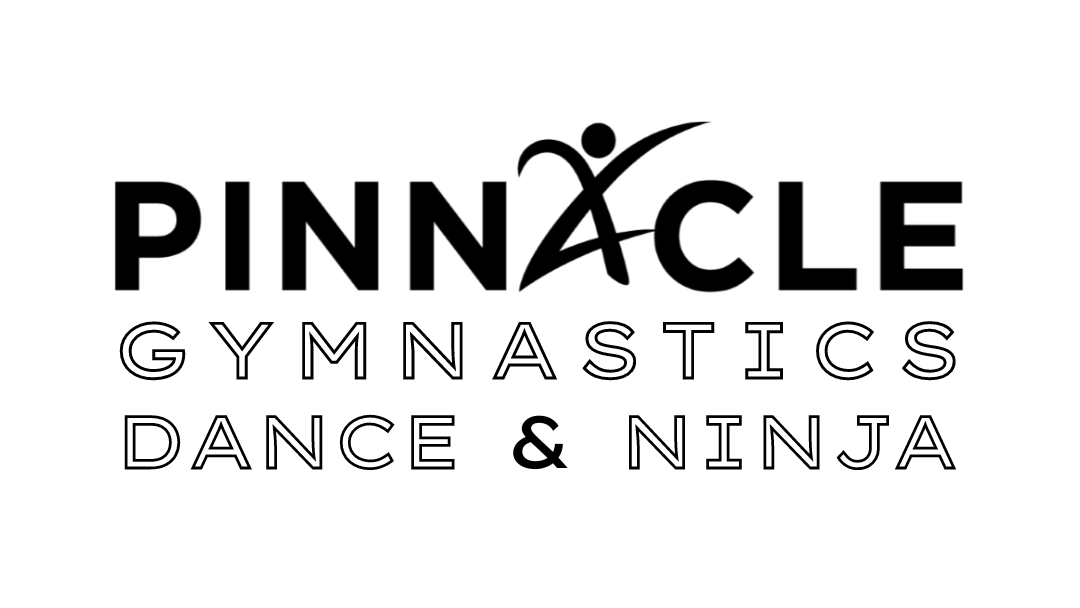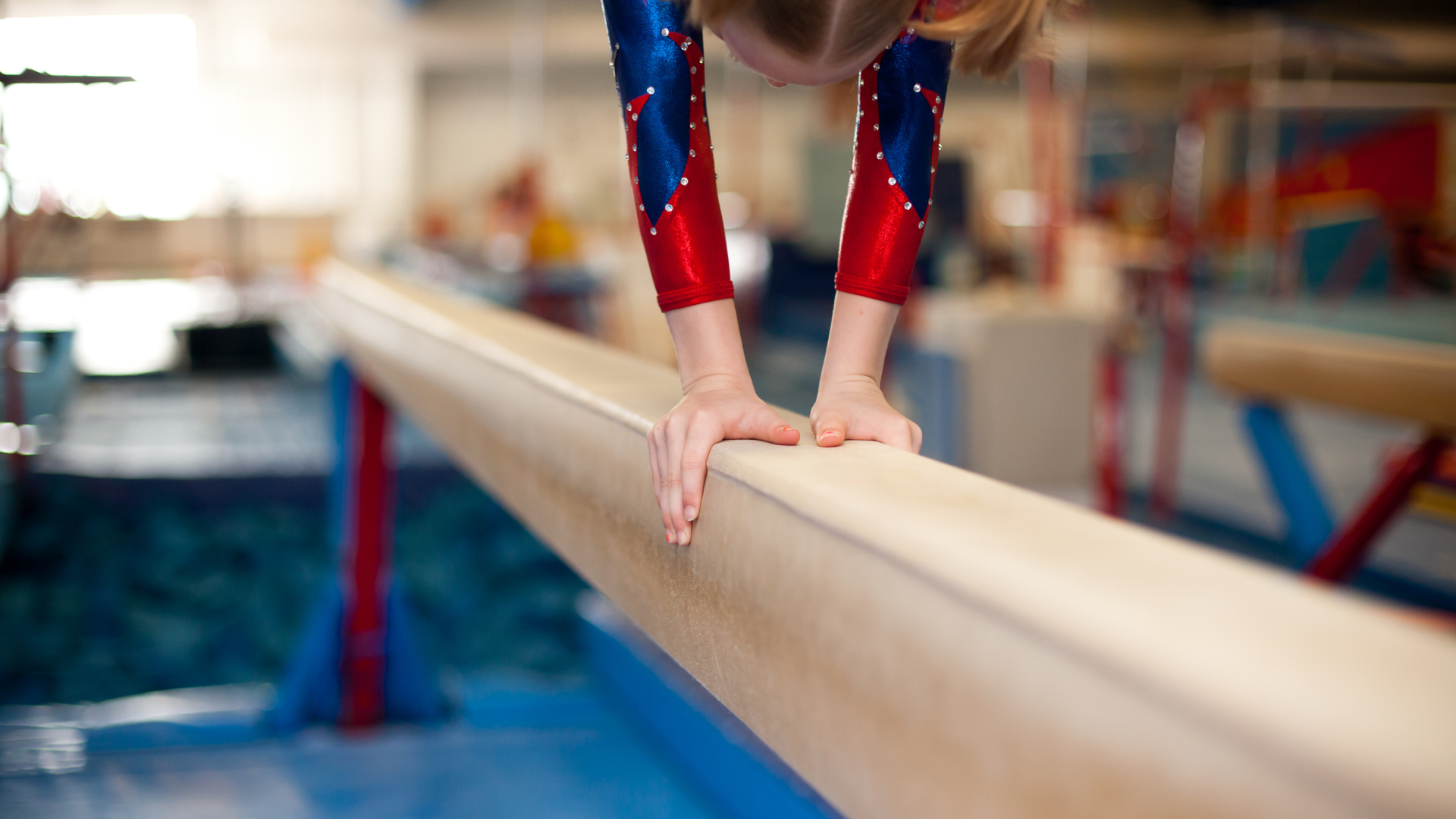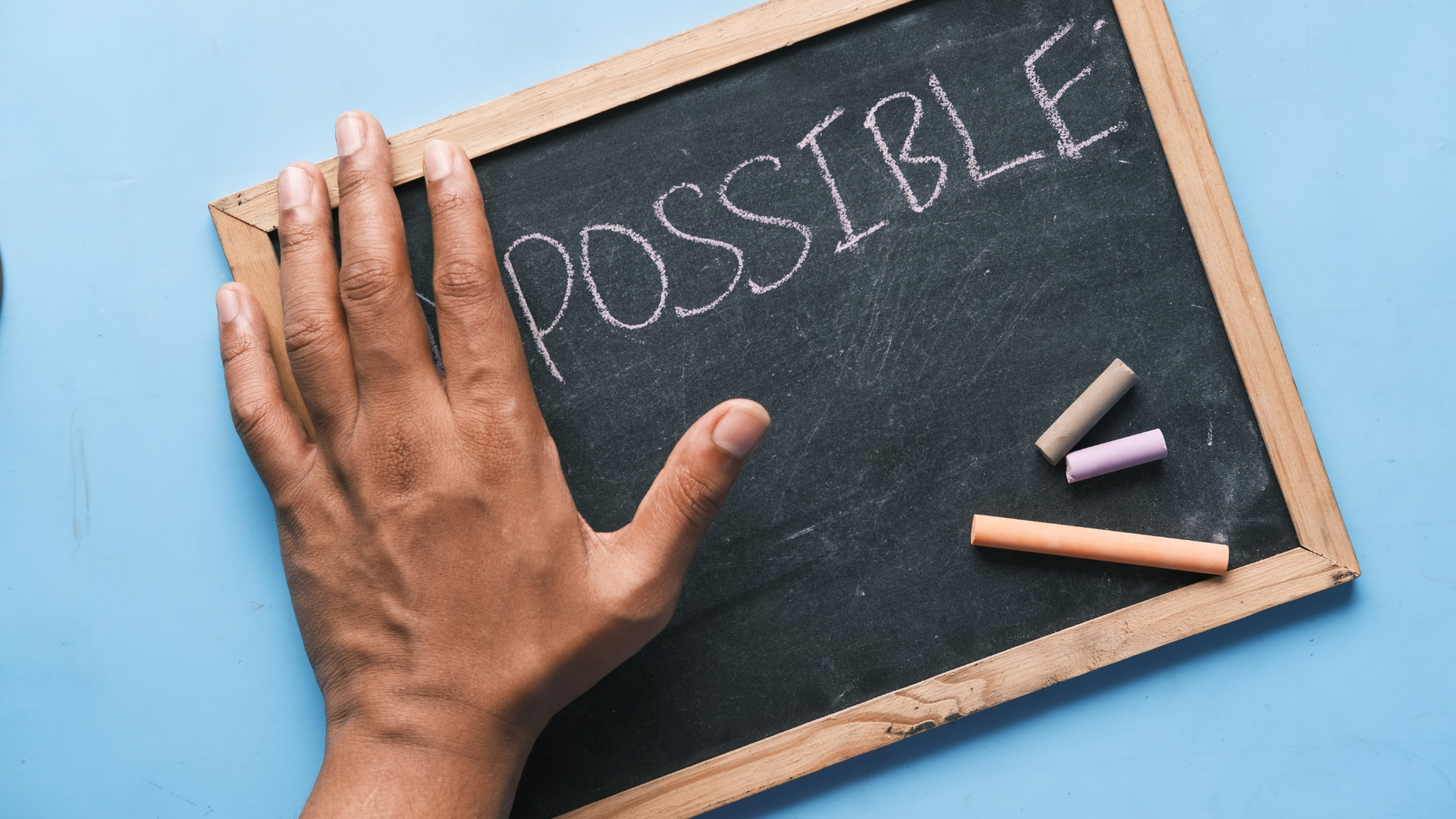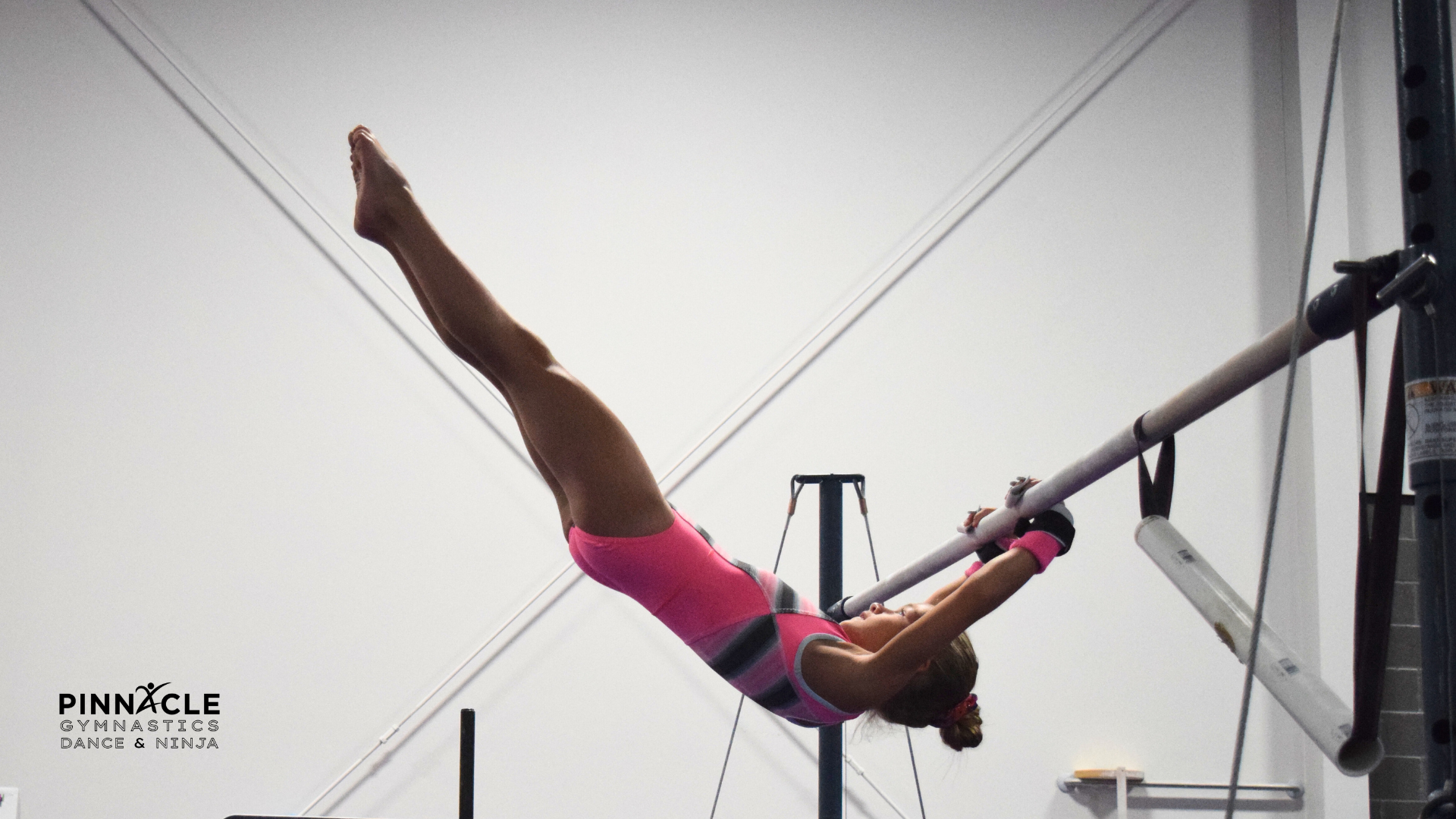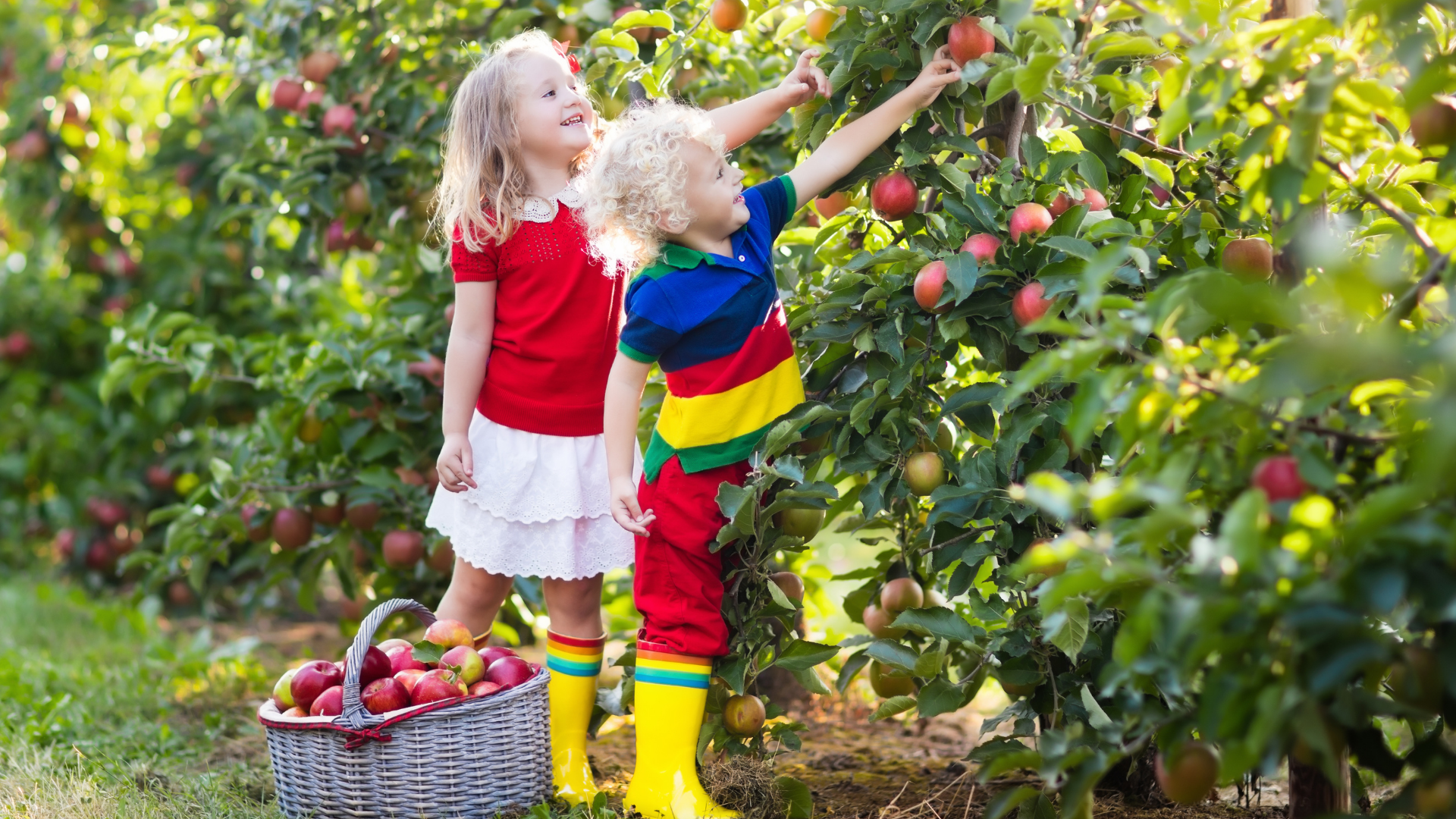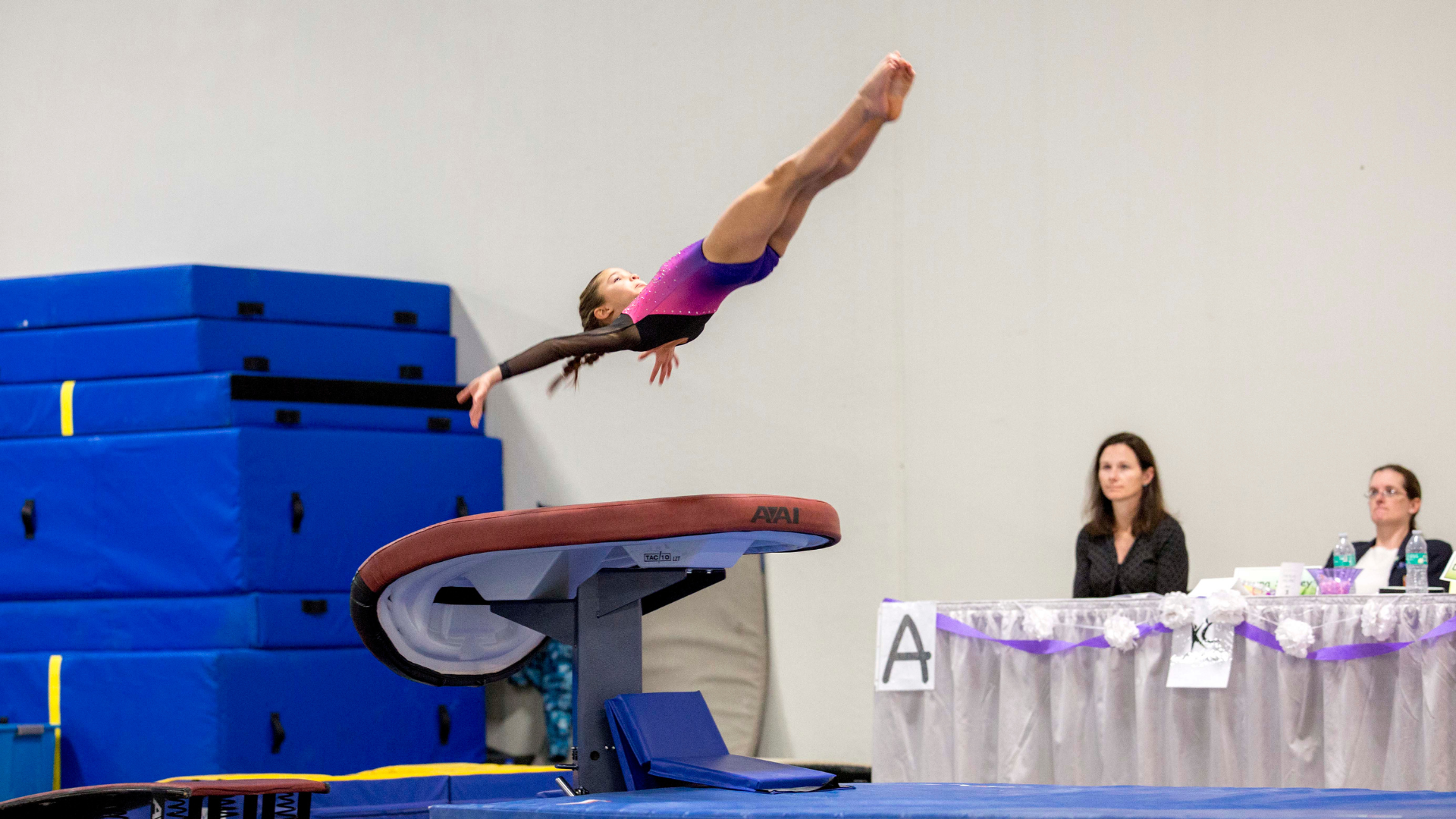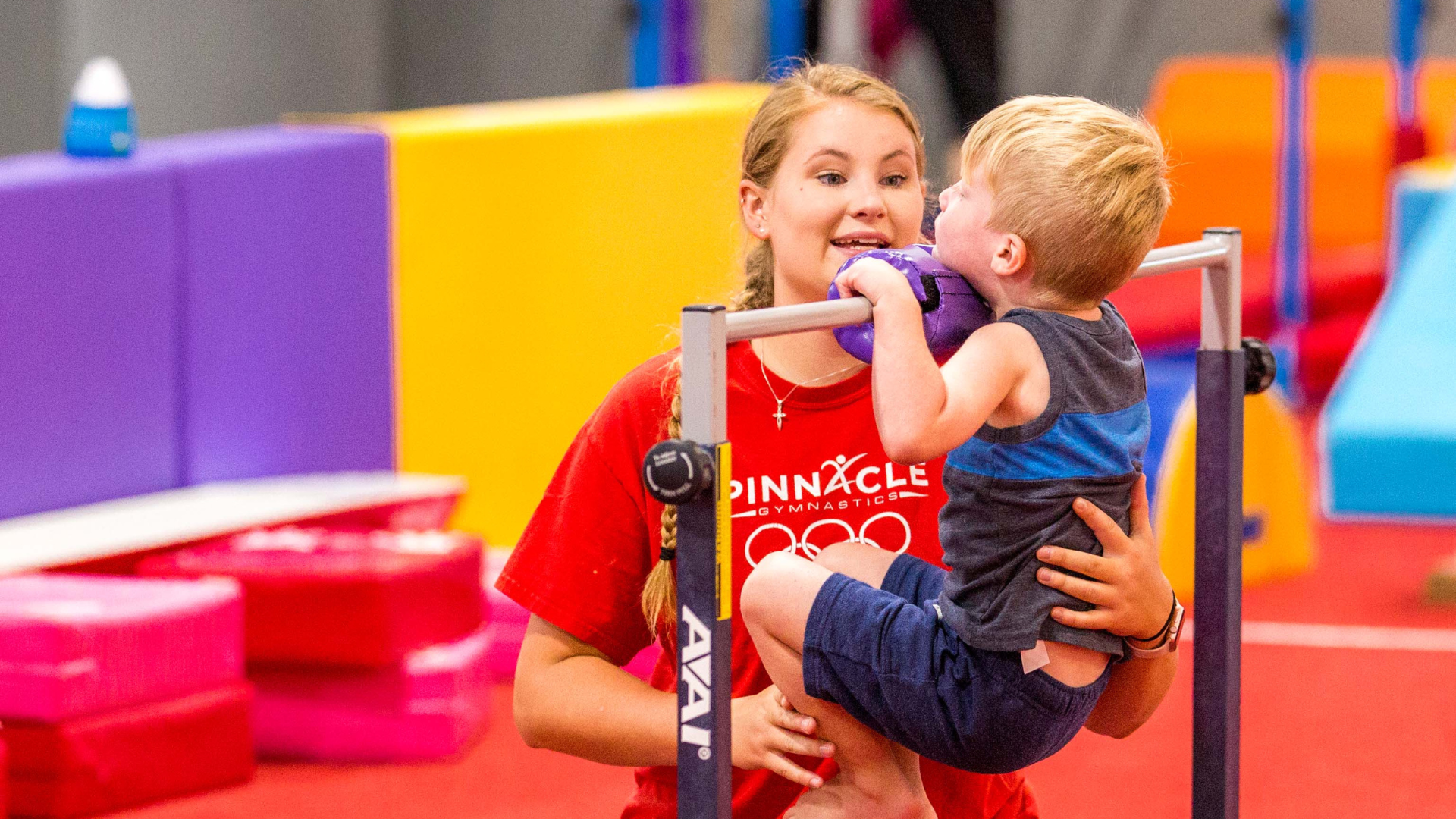How to Teach a Back Handspring
How to Teach a Back Handspring
Teaching a back handspring is an important tool for gymnastics coaches and coaches in similar fields. A back handspring is one of the most well known gymnastics skills. Most people, whether they are familiar with the sport of gymnastics or not, know what a back handspring is and will ask gymnasts (and former gymnasts) if they can do one. Back handsprings are best taught in tumbling classes at a facility with access to matting, trampoline, and pit surfaces. So what exactly is a back handspring and how do you teach it?
Definition of Handspring
A fast movement in which you jump forward or backward, land on your hands, swing your legs up and over your body, and then land on your feet.
The Process of Learning a Back Handspring
- Jump - a good jump sets up the athlete for success.
- Tight Line - Keeping the body tight or with tension helps greatly in moving from piece to piece
- Handstand - Not being afraid of it, being able to control it within reason
- Springing - Act of the shoulders, while being tight, to push off the surface with little action from the elbows
- Landing - Part one: ankles, knees, waist, shoulders; Part two: chest up vs feet under
Each part of the back handspring should be taught independently first. Next, teach the elements in combinations. For example, adding a tight body jump to handstand (over a rollie) is a great first stage of a back handspring. At the same time, teaching the second half of the handspring, including the landing, will help the athlete understand the skill as a whole. When teaching a back handspring, it is important to use consistent terminology. For example, use the word "block" when teaching an athlete to spring off their shoulders. A few recommendations are listed below.
Terminology when teaching a back handspring
- Jump, (always use Jump) vs. “Bend forward”
- Arms by ears, or squeeze your head vs. “arm swing/throwing”
- Stretched Handstand vs “backbend”
- Snap to hollow vs “pull feet under”
- Block and lift chest
Drills to Teach a Back Handspring
- Rollie Drill - have the gymnast jump up and over a rollie (or octagon) onto an 8 inch mat where they will land on hands and snap feet over to land on feet with chest up.
- Falling Teeter Totter - fall over a smaller rollie focusing on shaping and tight body to mimic the motions of a back handspring.
- Handstand Fall to Back onto 8 inch mat
- Block to Wedge with spot - have athlete stand on block, coach stands in space between block and wedge, athlete jumps backward over trench and spotter assists athlete to hands on wedge, then snaps down to feet
- Wedge Back Handspring - have athlete stand on wedge, coach kneels on wedge to assist athlete through a jumping back handspring
- Handstand Snap Up - kick to handstand on block, snap hips from stretched handstand to hollow landing with chest up and rebounding out
- Mini Tramp Back Handspring - have athlete stand on mini tramp and back handspring onto an 8 inch mat behind the mini tramp
- Wedge in Pit - have athlete stand on a wedge mat in a foam pit, athlete does a back handspring down the wedge and lands with feet in the pit
- Trampoline and Tumble Track - when an athlete is nearly ready to attempt the skill on the floor by themselves, introducing the trampoline or similar surface can help build confidence.
- Spot on the Floor - the last step for independent back handsprings is a spotted back handspring on the floor
How to Spot a Back Handspring
Knowing how to spot a back handspring is a key component of teaching a back handspring. The spotter should be experienced with the tactical, physical and mental preparations required to master a back handspring. The number one goal of a spotter is to eliminate the risk of a catastrophic injury, such as a landing on head or neck. When learning how to spot a back handspring, practice by watching and co-spotting with an experienced coach. After you have mastered co-spotting, begin spotting independently on experienced athletes. A back handspring can be spotted on either side of the body, kneeling, or squatting. Hand and arm placement will depend on the level of the athlete as well as body type, overall strength, and the spotter's needs.
